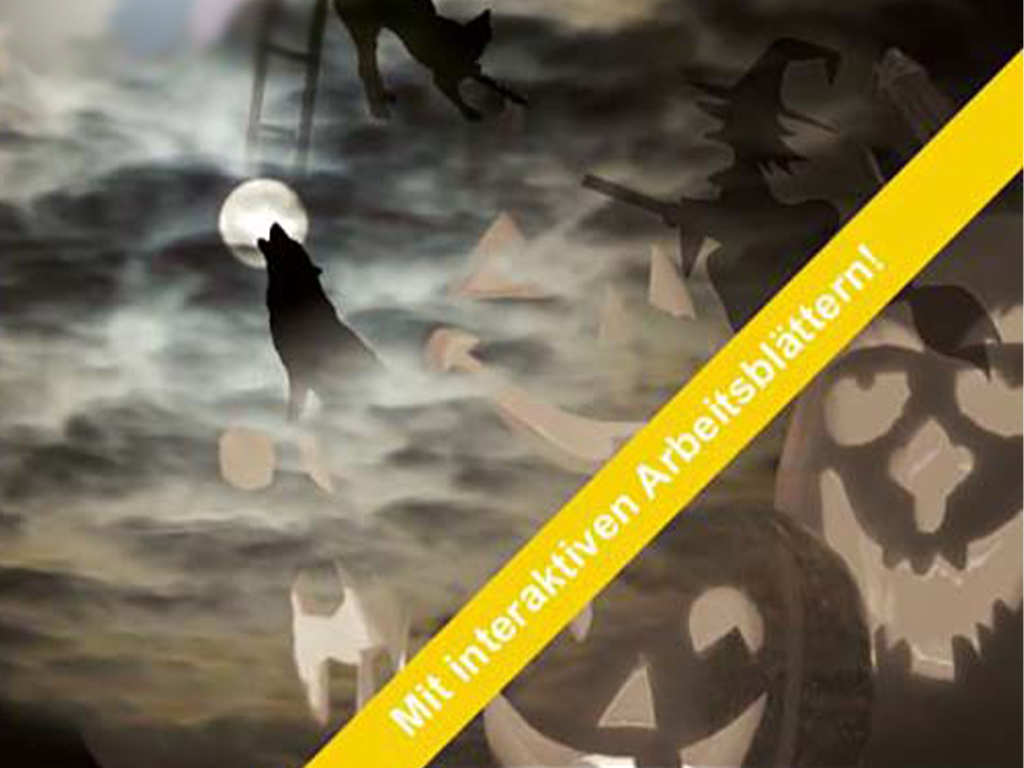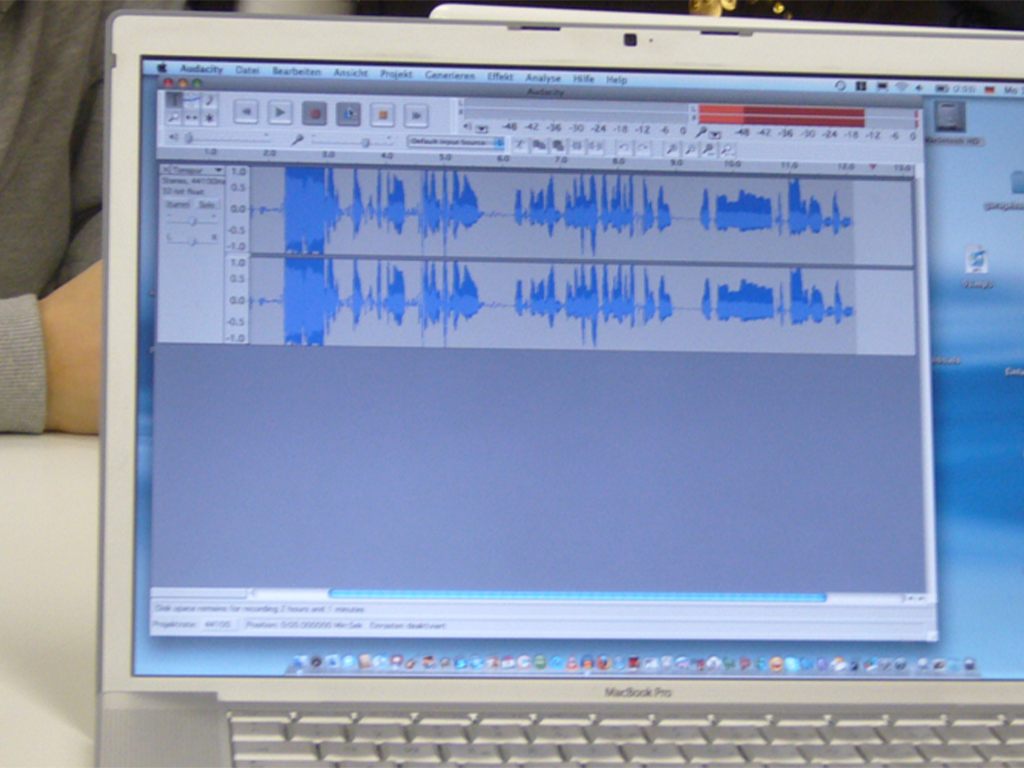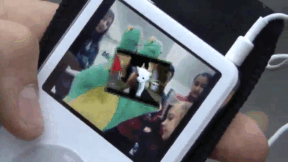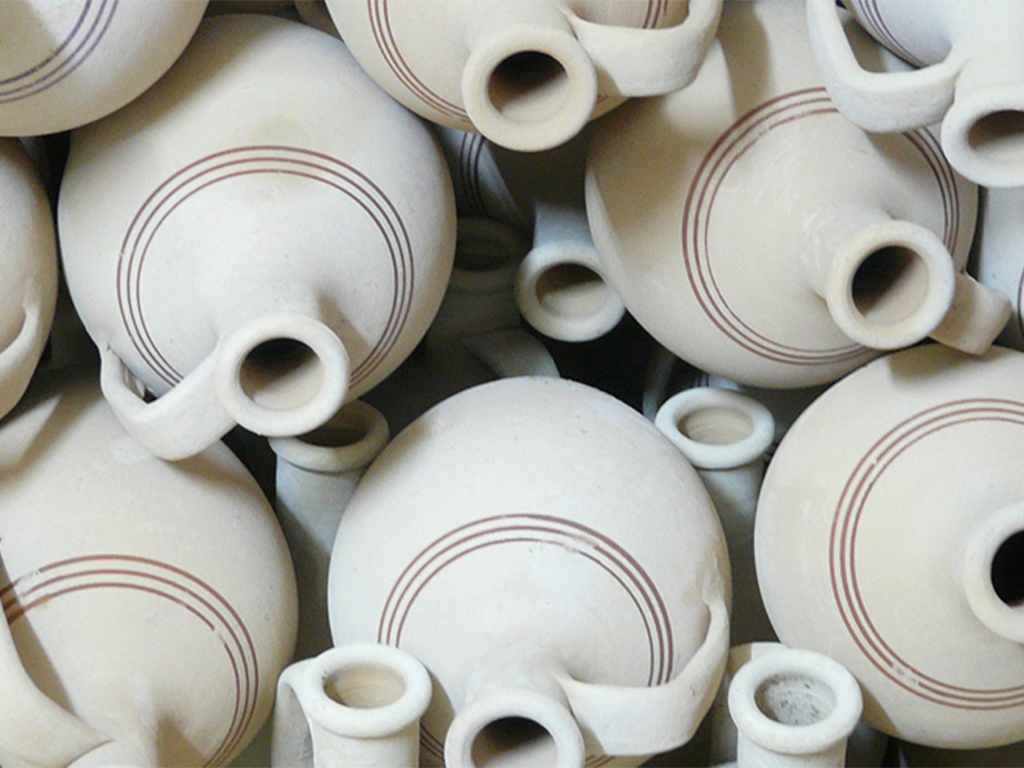 Society
Society

4667159 / 5558685
Aberglaube
Schwarze Katze und Co.
Glücksbringer, Geister, Horoskope – Fast jeder dritte Europäer ist in irgendeiner Weise abergläubisch. Doch was fällt eigentlich alles unter Aberglaube? Und ist jeder Aberglaube tatsächlich Hokuspokus? Manch eine Bauernregel kann z.B. mit einer meteorologischen Wettervorhersage standhalten. Die psychologische Wirkung von Glücksbringern ist auch nicht zu unterschätzen. Ob diese jedoch einem objektiven Test standhalten, ist fraglich. Dubiose Wahrsager bieten mittlerweile nicht mehr nur auf Jahrmärkten ihre Künste an, wobei sie allein mit einer geschickten Fragetechnik den Kunden auf Glatteis führen können. Dagegen behaupten moderne Hexen, dass sie mit ihren magischen Kräften Zaubertränke brauen können. Doch wenn auch die meisten nicht an solche Medien glauben, lassen sich dennoch viele Formen des Aberglaubens in unserem Alltag finden: Gehören sie auch zu denen, die glauben, dass wenn sie eine Münze am Automaten reiben, sie nicht mehr durchfällt? Alles Quatsch! Viele beschleicht auch immer noch die unterschwellige Angst vor Freitag dem 13. und Ehepaare werden zittrig, wenn es um Brauchtümer bei einer Hochzeit geht.
Play trailer
Curriculum-centred and oriented towards educational standards
Matching
Podcasting
Today, the use of new media has become a matter of course not only in everyday life – schools and teaching, too, benefit from the new technologies and methods, which support active and independent learning. Especially in computer science, ethics and language courses but also in all other subjects, modern media are a valuable pedagogic and didactic asset. This DVD uses the example of podcasts to demonstrate how the possibilities opened up by new media can be applied in the classroom and how the pupils can be taught to handle them in a competent and target-oriented manner. The film is aimed at supporting the use of podcasts at school and encourages making them. This also requires the ability to find information on the Internet and assess it. The film informs on the functionality of podcasts and technical background as well as on the teaching and learning possibilities offered by podcasts – ranging from specific contents to superordinate learning targets such as the advancement of creativity and team spirit. The DVD is a useful support for teachers applying new media and wishing to show their pupils how to handle Running Time: 20:29 ms them in a sensible way.
Ceramic
Ceramics are indispensable in our everyday lives. We eat from ceramic plates, drink from ceramic cups, use tiled ceramic bathrooms. But how is ceramic manufactured? The film reveals the secrets of this fascinating material! We get to know more about the beginnings of ceramic in the Old World of Egypt and Mesopotamia, about Greece, China and Rome. We gain interesting insights into the valuable earthenware and are also shown the exquisite further development of the "white gold". Today this versatile material is irreplaceable in industry, too. Whether in space or as an easily compatible substitute in medicine, ceramic is applied in many places.
Internet Addiction
The film consists of two parts. The first part is the 15-minute short film “In the Net”. It describes the problem of excessive Internet use in a humorous way, in particular the risk of losing touch with reality when chatting. The second part illustrates with three real persons how Internet addiction can develop and the problems encountered by those who are afflicted. The authentic statements are commented by an experienced therapist. For many pupils, the issues addressed here are related to their everyday lives. What is a “sensible” use of the Internet, where does pathological addiction start? In contrast to addiction to alcohol, nicotine or drugs, the public seems to be largely ignorant of the problem of this addiction, which is not related to any substance abuse. The film provides material for discussion in the classroom (crossdisciplinary) and can be used as a basis for the formulation of prevention strategies.









